On August 4th, 2021, I successfully defended my PhD dissertation in Toxicology. It truly was one of the biggest, most stressful, exciting, and important days of my life. But, if you had asked me even five years ago, I still wouldn’t of known where or what I wanted to do. So I thought I would take this opportunity to share with you my STEM journey and what led me to my current career path.
The Beginning
I think the best place to start is to give you some background on me. Most of my childhood was spent in the rural state of New Hampshire; but, before I moved there, I lived in a lot of different places. My dad was in the Air Force and every two years or so we would move to a new base. It was a very exciting way to grow up and I got to experience a lot of different people and places. To this day, I still have a little bit of that nomadic lifestyle ingrained in me.
I was always a kid who needed to know ‘why?’ (as much as it annoyed my parents). I loved being outside and changed my mind often as to what I wanted to be: an astronomer, a veterinarian, a musician… But as I got older, I tended toward the sciences. I think this was mainly because it literally sought to answer all the “whys”.
Due to some circumstances that are outside of the scope of this story, I ended up attending two different high schools. My first high school was a private high school school called Proctor Academy. Even though it was a boarding school, I attended as a day student because I lived 15 minutes away from campus. I attribute a lot of my love for the environment to my time at Proctor and the amazing teachers there.
During my junior year, I was lucky enough to participate in a semester at sea program called Ocean Classroom. I spent two and a half months on a schooner called, “The Harvey Gamage,” sailing from Massachusetts to Puerto Rico. During that time I took classes in marine history, marine biology, and marine navigation, as well as learned to crew the boat. Believe me when I say it was the experience of a lifetime. Living on the ocean during that time, I fell in love with it. And from that point forward I decided I wanted to be a marine biologist.
Undergraduate Studies – Florida Institute of Technology
After finishing up my senior year at my public high school (Kearsarge Regional High School), I decided to pursue Marine Biology at Florida Institute of Technology (FIT). I thought there could be no more perfect a place to chase my dream than on the beach in Melbourne, Florida. Florida Tech is a smaller school with about 5,000 total students, including graduate students. This size turned out to be a blessing though as I was able to work in labs starting my freshman year.
Lab #1
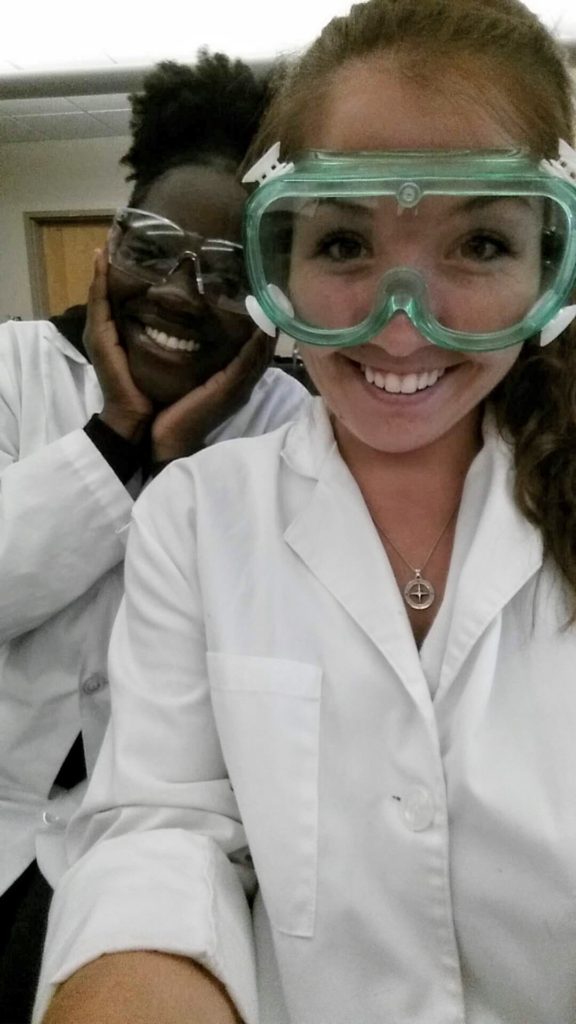
The first lab I entered was a Crustacean Ecology lab where I took care of stone crabs and horseshoe crabs. The graduate student I worked under, Phil, was researching how climate change effected stone crab embryo development. I found the work really interesting and it was fun to get hands-on in the wet lab.
Phil was also the co-founder of an organization called Youth Making Ripples (YMR). YMR is an offshoot of Beneath the Waves which is a non-profit aimed at bringing awareness to ocean health and conservation. YMR is focused on kids aged K-12 and hosts a yearly film festival where students can submit their videos on marine related issues. During my time in the lab, I became a YMR team member and organized submissions and socials for the festival (at the time hosted at FIT). It was an amazing experience with awesome people and sparked my interest in science communication and public outreach.
As much as I still loved the ocean though, I started to realize that by pursuing marine biology, I was niching down in my studies really early. I also unfortunately realized that my job prospects were more likely in an aquarium than on a tropical island conducting research. (Side note: I don’t say this to discourage you if you really love marine biology, but at this point I still was figuring my interests out.) So, I decided to get some experience in another lab to see how I liked terrestrial conservation.
Lab #2
The next lab I entered was a Paleoecology lab where I…counted fugus. Yep, fungus. The graduate student I worked under, Marco, was trying to understand when megafauna went extinct in South America. To do this, they collected sediment cores from lakes and analyzed their content for different markers of megafauna. In this case, the fungus Sporomiella were used to estimate megafaunal abundance and age (Check out our paper here).
It was this lab where I was first exposed to real scientific writing, managing multiple projects, organization, and statistics. But, ultimately it still didn’t feel like my right fit. I always enjoyed the science that addressed current world issues, and although this was interesting, it was looking into the past. So again, I shifted course.
Lab #3
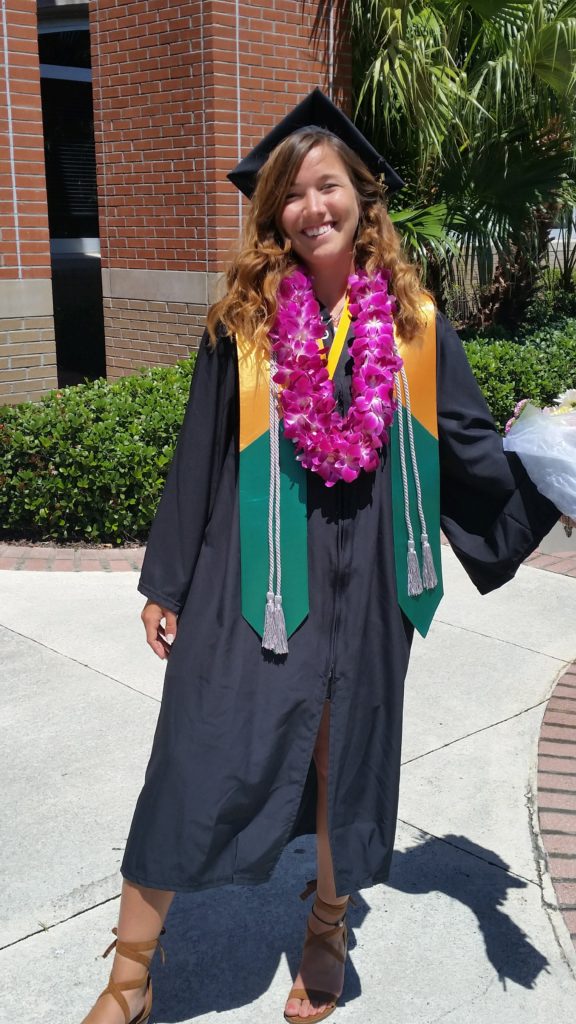
B.S. in Biochemistry
By my sophomore year, I had decided to switch my major to Biochemistry. I realized my interest in both chemistry and biology, as well as how interdisciplinary the work I wanted to do was. So the last lab I joined was the Plant Biochemistry lab headed by Dr. Andrew Palmer.
I worked on a few projects here including one of my own focused originally on method development for tracking “small particles” (check out the paper here). This project focused on algae specifically and eventually transitioned into investigating quorum sensing in algae (here).
I owe so much to my mentors in this lab for fostering my true excitement for science. I learned lab techniques, study design, and time management, but also overall life skills and how to be a good human. So if any of you read this, I just want to say thank you.
Outside of School
I can’t say enough good things about gaining experience as an undergraduate student. But the experience doesn’t always have to come from within your program, or even your school.
I already discussed my time with YMR, but I had two other experiences during my undergraduate that really shaped my STEM journey. During my junior year, I started applying to internships for the summer to gain more experience. If you want more information on finding internships, check out my post here. I ended up being accepted to an internship program with the National Center for Toxicological Research (NCTR). NCTR is the research brand of the Food and Drug Administration (FDA). So the summer before my junior year, I moved to Little Rock, AR.
During the internship, I completed a project that focused on determining biomarkers for susceptibilities to toxicity caused by tyrosine kinase inhibiting drugs (a class of cancer drug). This was a big data and bioinformatic related project and very unlike what I had previously worked on. My mentor, Vikrant, was very supportive and taught me all about the field of toxicology. And while my project focused on human toxicity, Vikrant also told me that there were people who focused on environmental and ecotoxicity, too. (I’ll come back to this later)
The other experience that I had while I was in undergrad was being the recipient of a very prestigious scholarship called the Astronaut Scholarship. This scholarship, awarded by the Astronaut Scholarship Foundation, was originally created by the six surviving Mercury 7 astronauts with the goal to support students in STEM in the United states. This scholarship not only covered my final year at FIT, but also has since afforded my many opportunities to connect with fellow scholars, astronauts, and talented professionals.
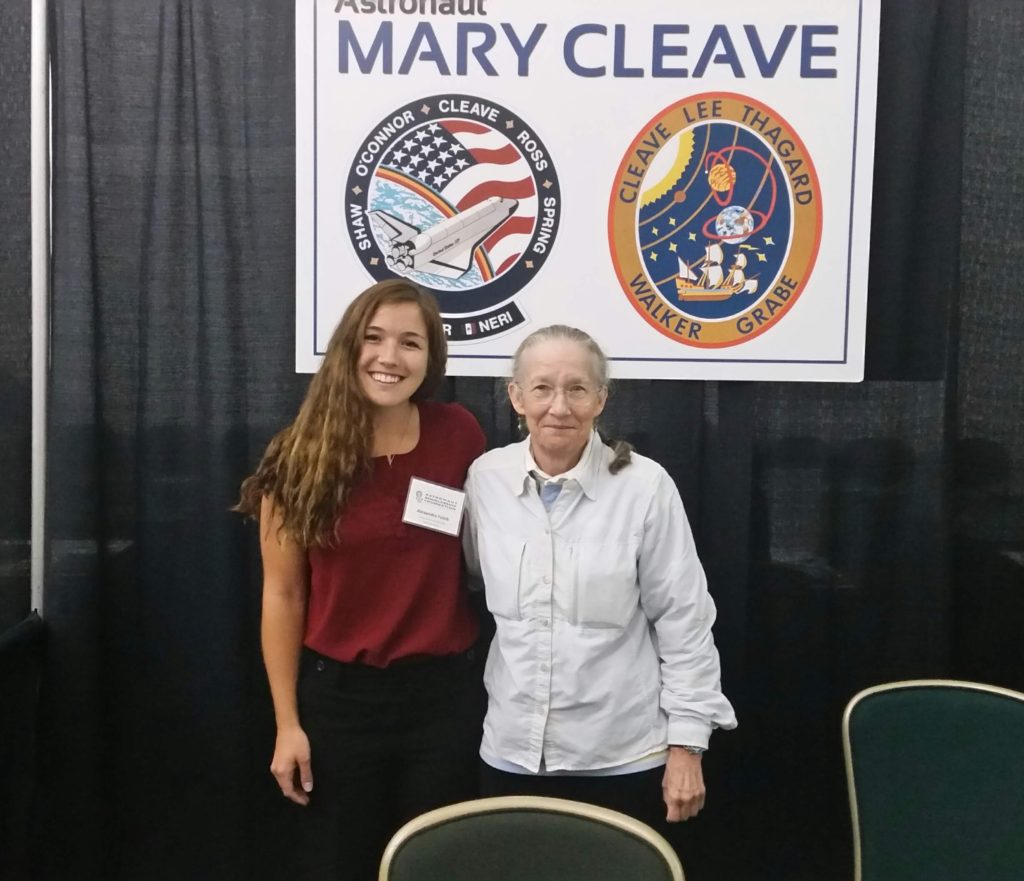
Meeting Mary Cleave with the Astronaut Scholarship Foundation 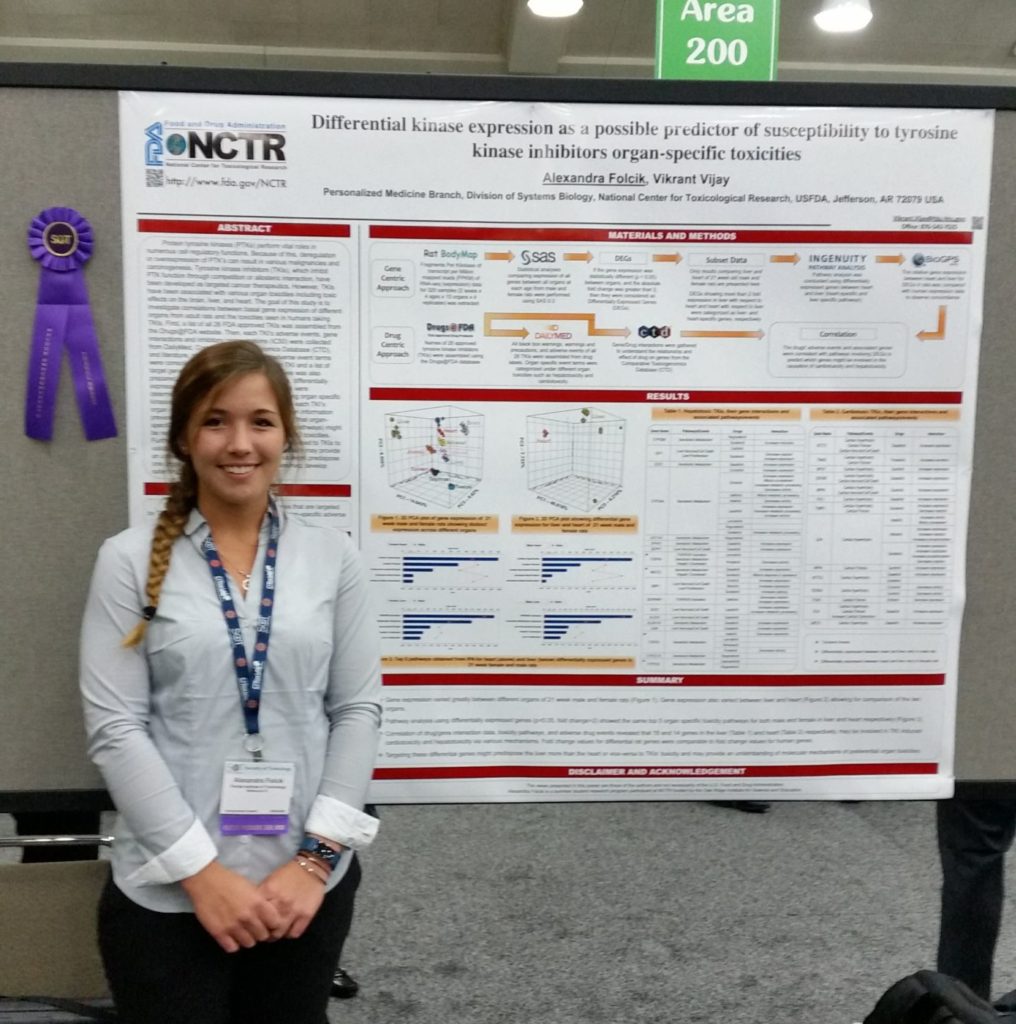
Presenting my research from NCTR
Graduate School – Texas A&M University
Let me first start by saying, I did not always want to do a PhD. I went back and forth on the idea of graduate school, but ultimately was convinced by my mentors that it was a good road to follow if I wanted to go further in science. And to be honest, even while applying and interviewing, I still didn’t really know what I wanted to do. I originally applied to both chemistry and toxicology PhD programs.
After my internship with NCTR, I had applied for a travel grant to present my research at the Society of Toxicology (SOT) Annual Meeting. I was selected to receive the Pfizer Undergraduate Travel Award which covered all of my costs to attend the meeting. As luck would have it, I received an email from a professor who had seen my name listed in the meeting program. That professor just happened to be the chair of the Toxicology program at Texas A&M University. He invited me to apply, and obviously I liked it enough to sign on for my doctorate degree.
I have a dissertation mini series that goes over some topics of my research (and I’ll be sure to link up my dissertation once it’s published), but I will give a super short synopsis. I entered a lab that focuses on a technology known as electron beam (eBeam) irradiation technology. My dissertation project focused on using this technology to treat toxins produced in harmful algal blooms within drinking water treatment. Being that I had previous experience with algae, my advisor thought that cyanobacteria in harmful algal blooms would be a good fit. In the end, my project covered chemistry, biology, engineering, and was as interdisciplinary as my interests.
Outside of School
Something else that drew me to A&M’s program was their non-focus on academia. Many graduate programs funnel their students into jobs in academia, but that was something I knew I didn’t want. While I wanted to pursue my higher degree, I wanted to then go into industry.
We are required to complete an externship during the first summer of our PhD within the program. With my advisor’s connection, I ended up interning with an environmental consulting firm, Arcadis, in San Francisco, CA. Until this point, consulting had not yet been on my radar. But, during my internship I was exposed to different remediation and prevention projects that really interested me. I liked the fast-paced atmosphere and ability to clean up the environment for my work. So, following my internship, I opted to stay working with the firm part time for the next two years.
Something else that I became heavily involved with during my graduate career was the Society of Environmental Toxicology and Chemistry (SETAC). I found SETAC while I was searching for a more “environmental version” of SOT. Little did I know that the society would lead me to my eventual career. Over my three year involvement I served on multiple annual committees and as the student representative for our South Central chapter. I cannot stress enough the importance of networking during your graduate career! Scientific societies are great ways to meet people in your feild.
Future Career
About 6 months out from my defense, I started my job search. I mainly focused on environmental consulting jobs because of my internship experience. Like I mentioned above, networking within SETAC was very instrumental in my job search. I was able to reach out to contacts I made at different companies to discuss open positions and my qualifications. Ultimately, I landed my dream job with an environmental consulting firm within their biological and ecological sciences division.
Takeaways
I know that was really long, and I still didn’t cover everything. But, what I really hope you can take away from my STEM journey is that no one’s road is linear – AND THAT IS OK! I firmly believe that you need to keep trying new things until you find your fit. Just as you are an accumulation of everything that happened in your life, so is your career and journey within STEM.
My biggest advice is to not be afraid to try new things, to try and find a supportive mentor, and to let go of the idea that your path within STEM should look a certain way.

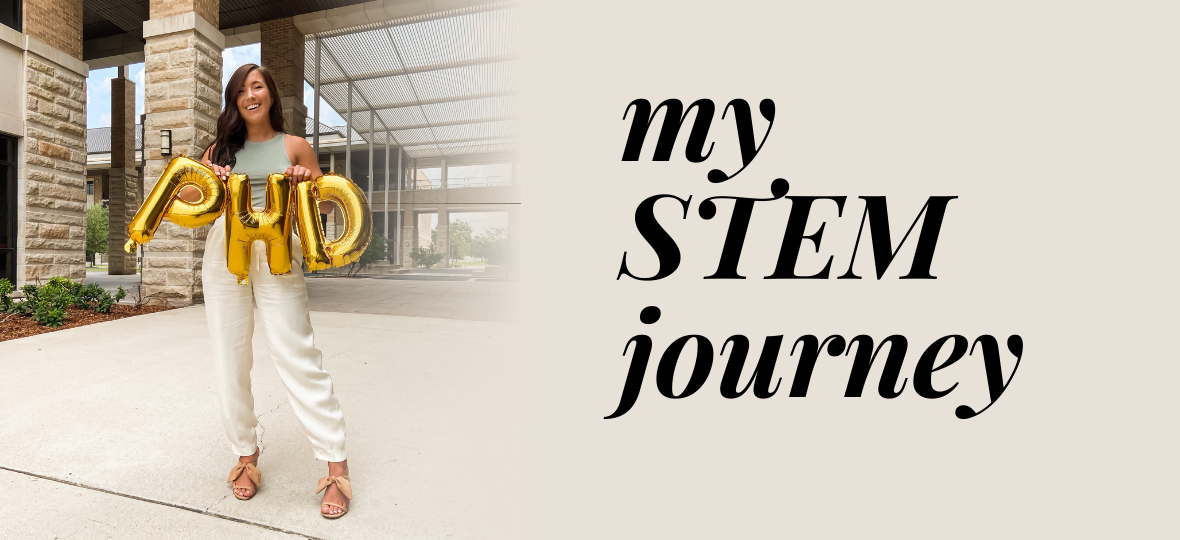
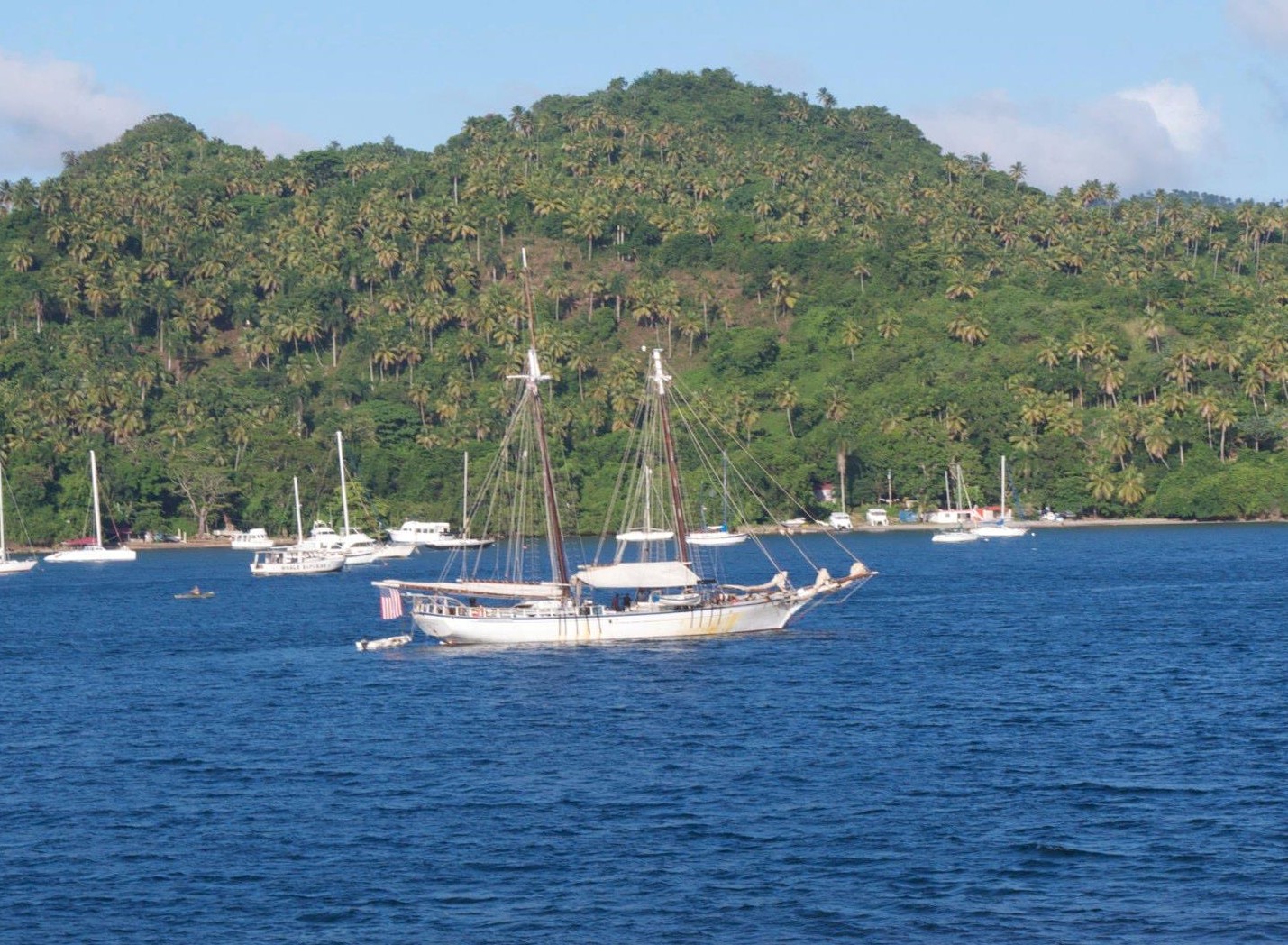
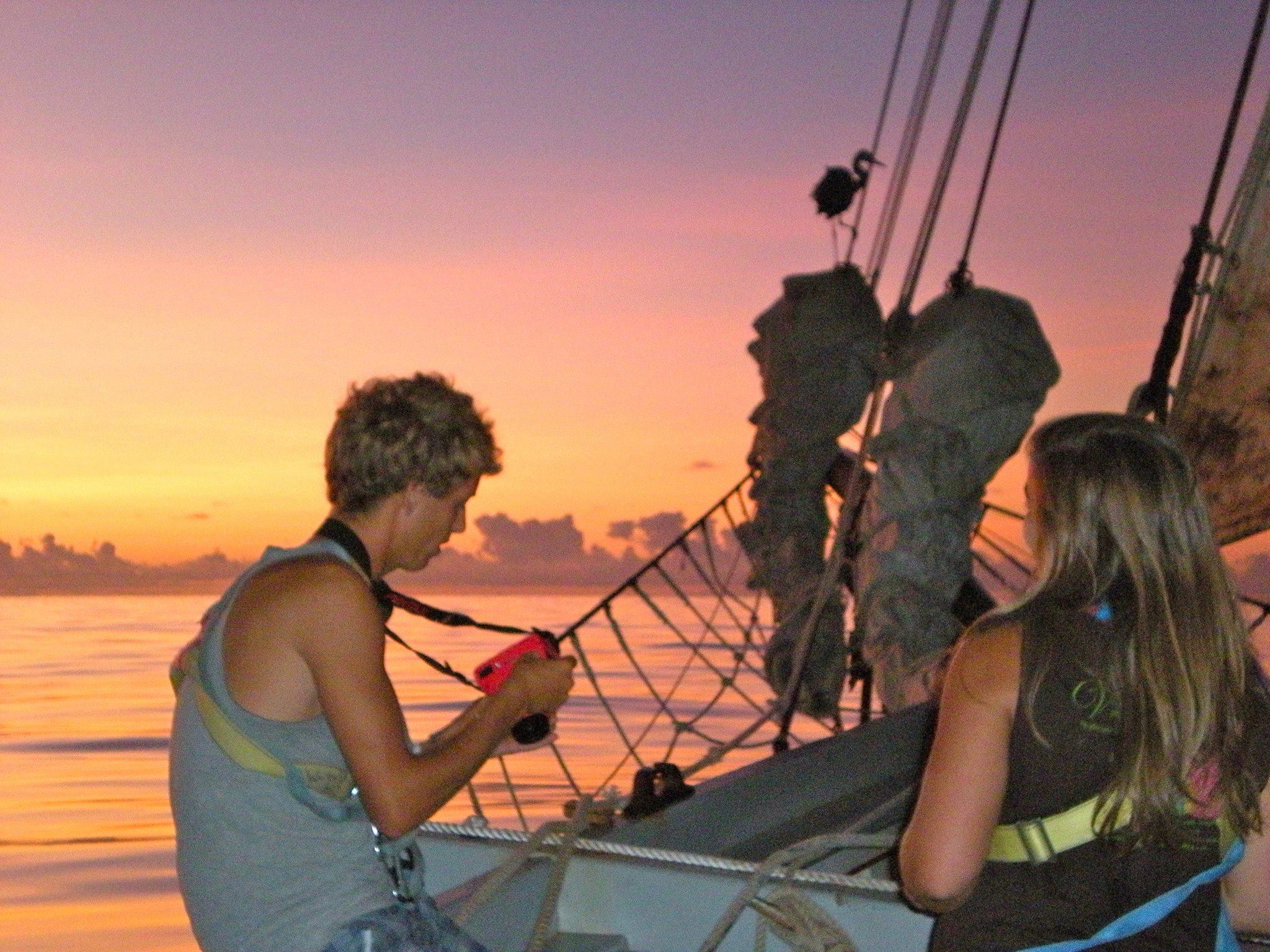
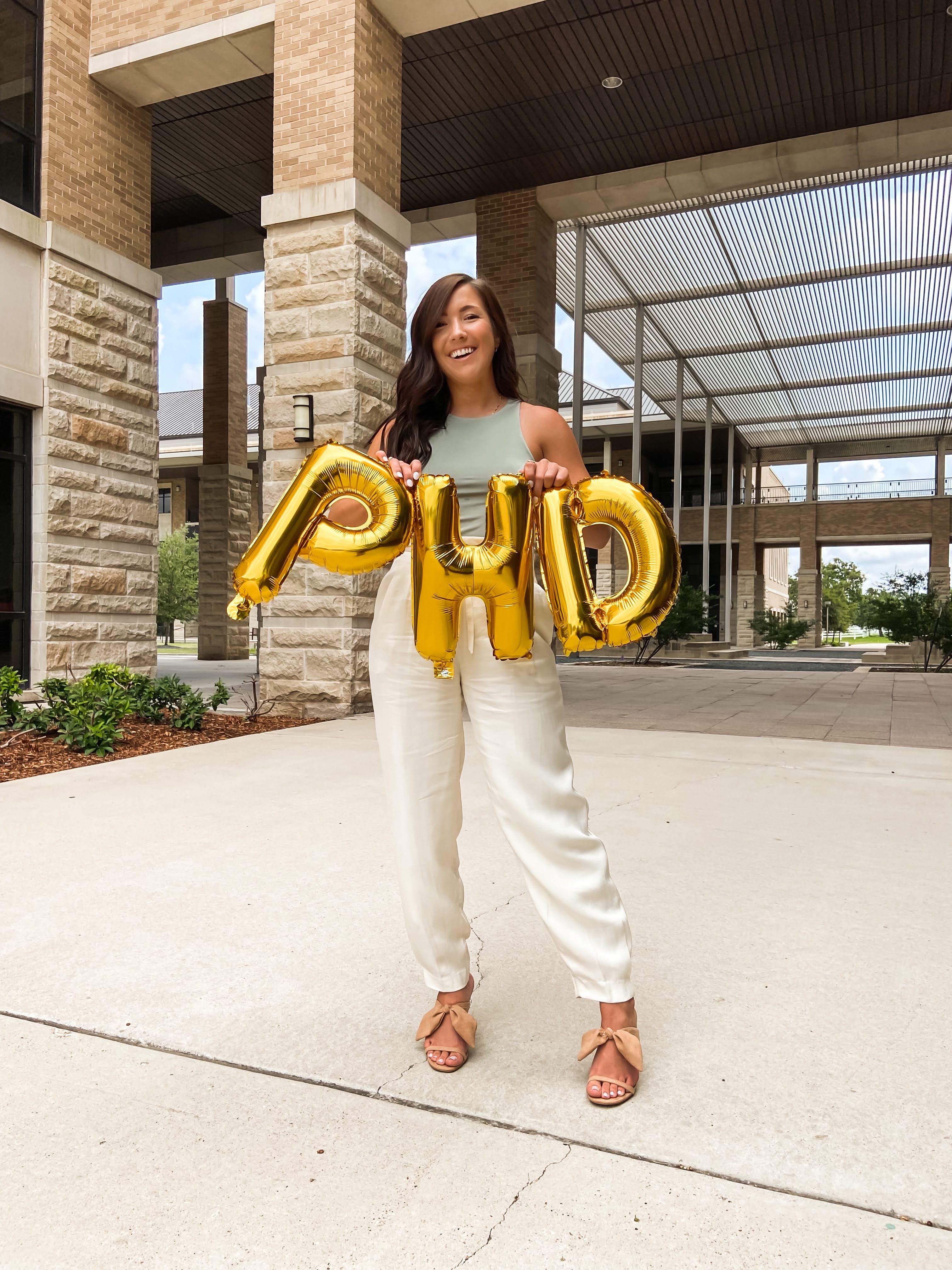
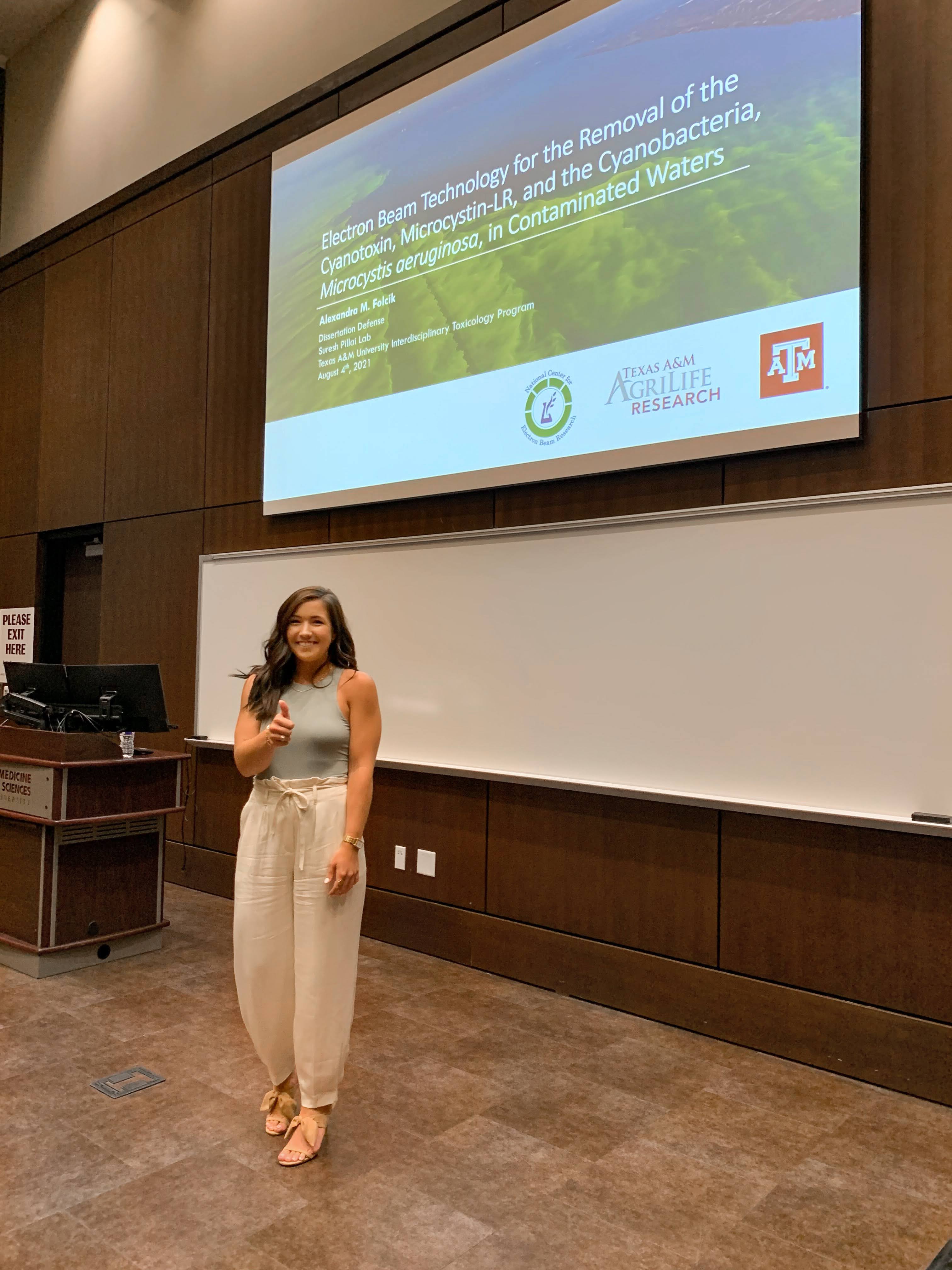

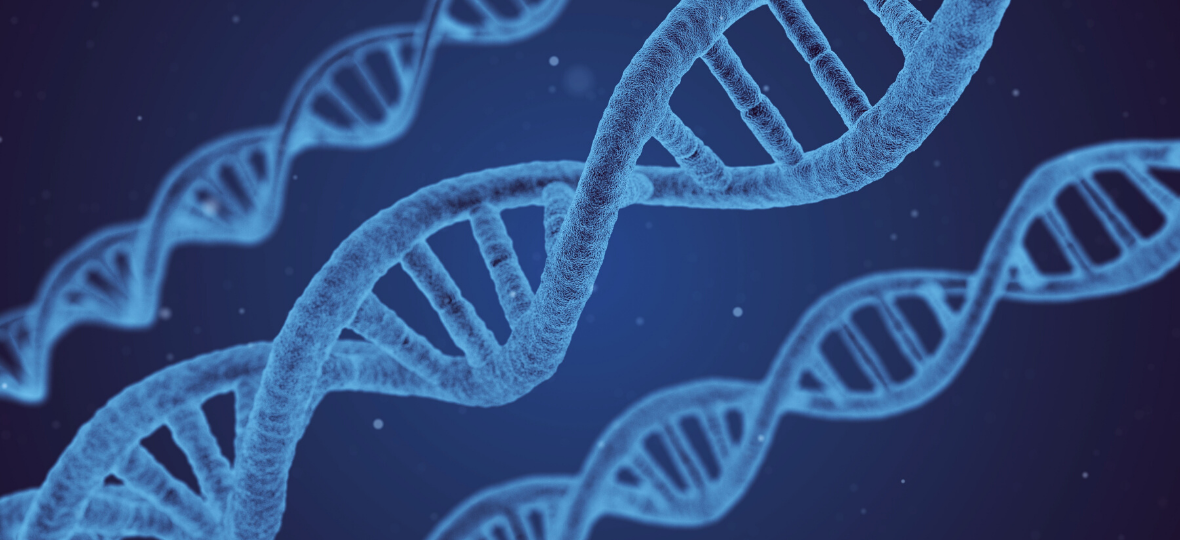
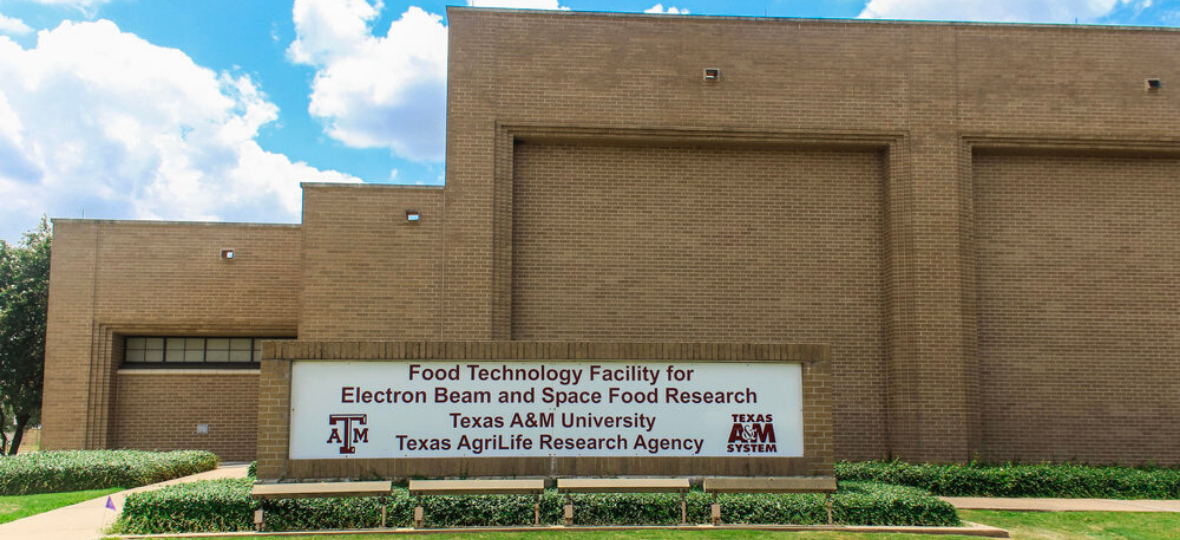
Leave a Comment